Multiple heatwaves have swept the UK this summer, and many people have spent more time in the sun than advisable.
As August draws to a close, a summer of UV exposure – even with regular SPF – can leave its mark.
Pigmentation, dullness, and wrinkles are all signs of sun damage to the skin.
But can this damage truly be undone?
Doctors are haring their insights on the signs, effective treatments, and preventative care that can make a real difference.
Here’s how to identify and repair sun damage.
Spot the signs
Uneven tone, new freckles or a rough texture can be more than just seasonal side effects.
“The most common signs of sun damage are hyperpigmentation, wrinkles and fine lines, freckles, dark spots and a dry, rough texture,” says skin health and cosmetic doctor, Dr Amiee Vyas, founder of Doctor Amiee Facial Aesthetics & Skin.
It’s not just about aesthetics either. Persistent patches of discolouration – particularly those that appear symmetrically on areas like the cheeks, nose or forehead – may be signs of melasma, a more stubborn form of pigmentation.
“You might also notice dark spots that weren’t there before or areas where the skin feels thicker or more leathery,” explains aesthetics doctor Dr Jessica Halliley.
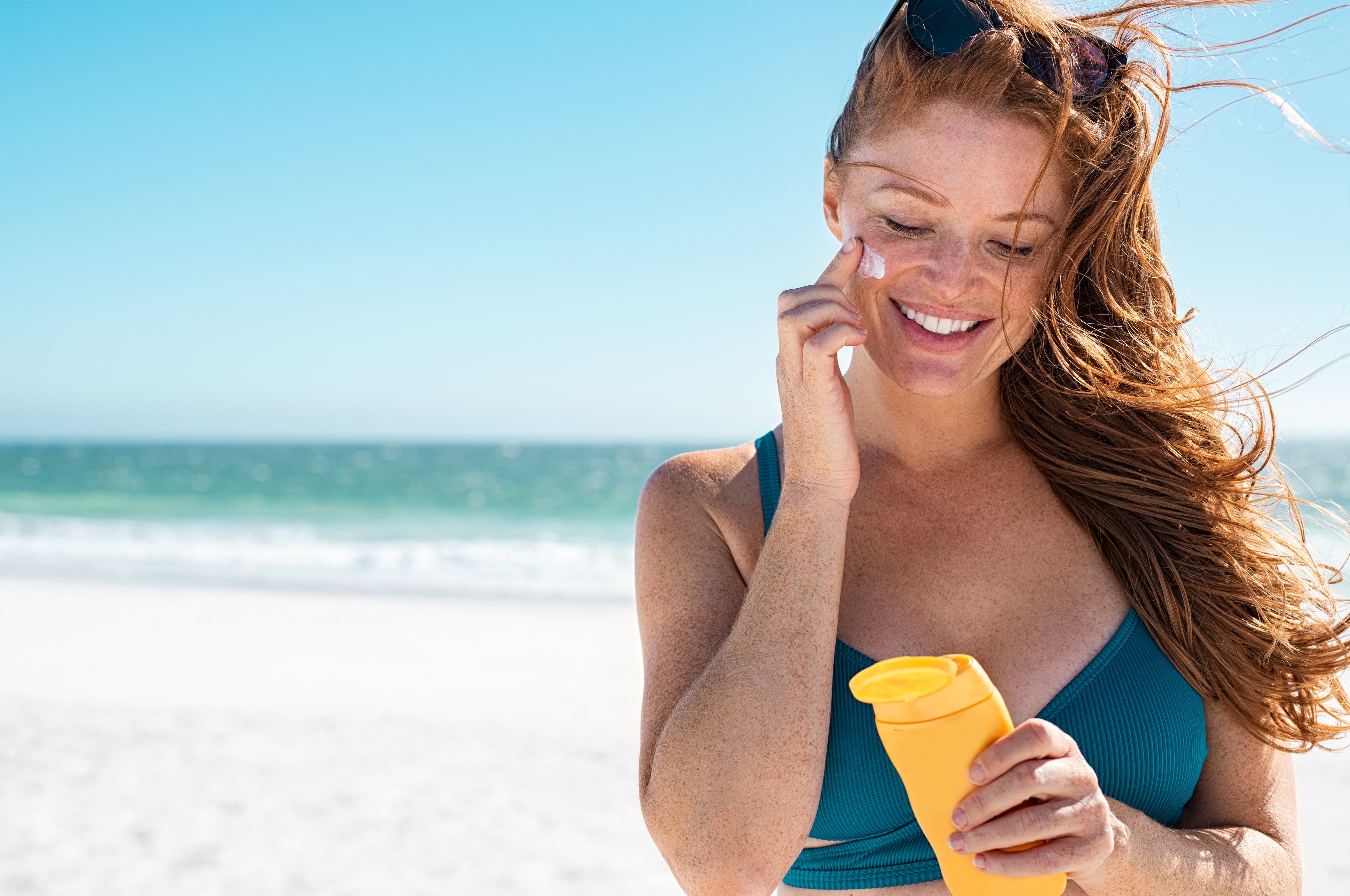
Can you actually undo the damage?
While the effects of UV exposure aren’t technically reversible, the good news is they can be treated – and quite effectively. “Sun damage cannot be reversed as such, but it can be treated and improved significantly,” explains Dr Vyas.
Visible improvement in tone, texture and radiance is possible, especially when combining at-home routines with professional help.
“Look for skincare with active ingredients like vitamin A – that’s retinols, retinals – vitamin C – like L-ascorbic acid – and peptides – these support cell renewal, repair and boosting collagen stimulation,” explains Dr Halliley.
Potent actives will have the biggest affect on visible signs of sun damage.
Dr Yvas says the most effective ingredients to treat sun-damaged skin are retinoids, vitamin C, antioxidants and AHAs.
These are commonly found in serums and toners.
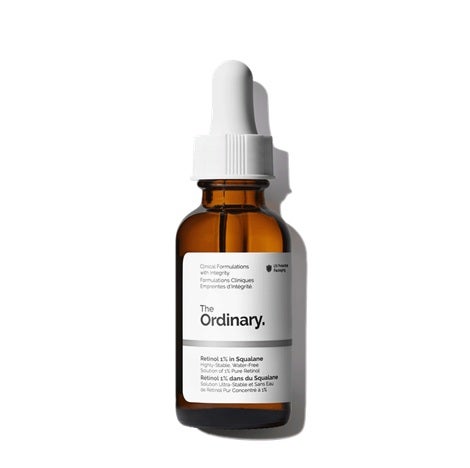
The Ordinary Retinol 1% in Squalane, £8.50
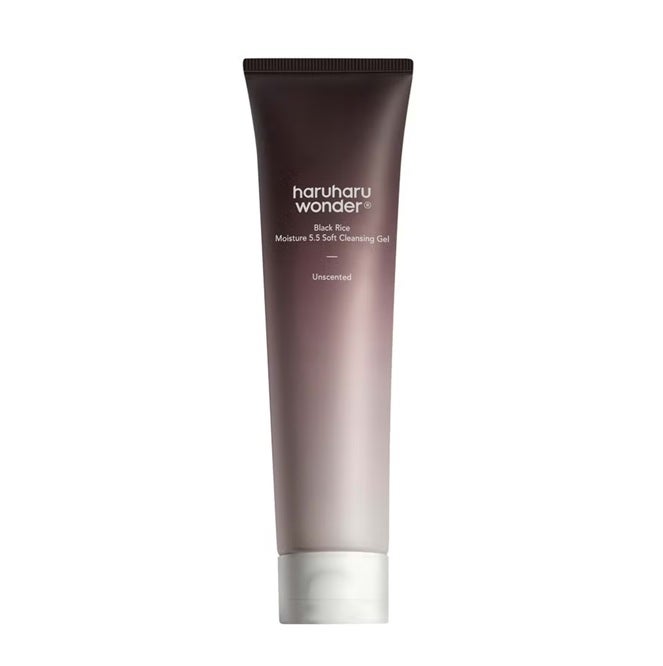
Haruharu Wonder Black Rice Moisture 5.5 Soft Cleansing Gel, £12.60, Boots
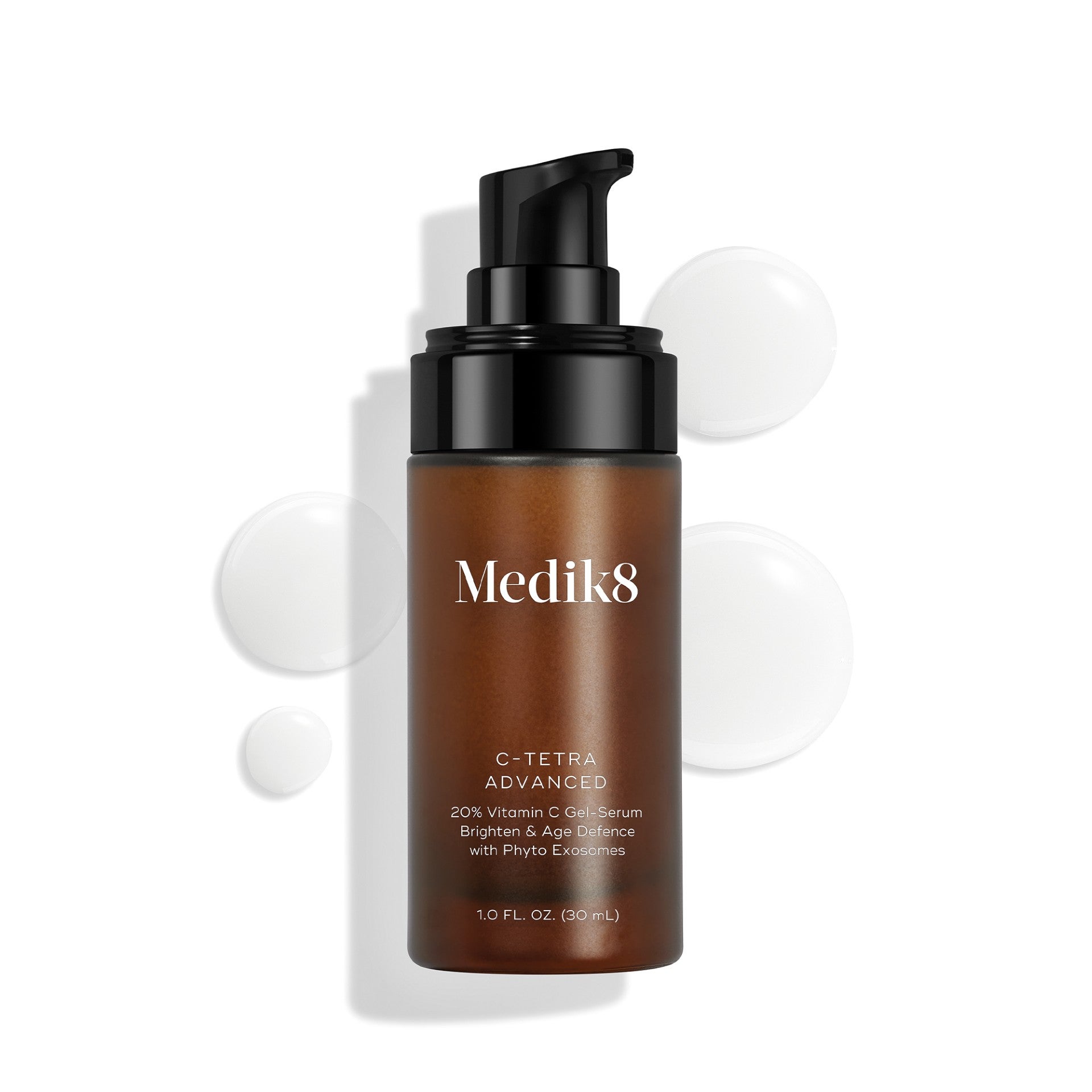
Medik8 C-Tetra Advanced, £69
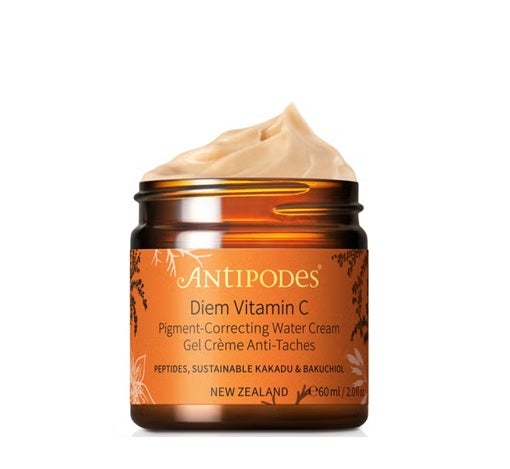
Antipodes Diem Vitamin C Pigment-Correcting Water Cream, £26.60 (was £38), Look Fantastic
Should you get a professional treatment?
For those looking for faster or more dramatic results, professional treatments work deeper than topical skincare alone, but it’s important to know that you’re getting the right treatment for your concerns.
“In-clinic treatments such as chemical peels, targeted laser pigmentation treatments or micro needling can fast-track results,” says Dr Halliley.
She says micro-needling is particularly effective for collagen stimulation and treating pigmentation if the ageing effects of the sun are your main concern.
Laser technology can also target deeper issues like melanin deposits and fine lines. Laser treatment “effectively addresses sun damage by targeting and breaking down melanin, the pigment responsible for sunspots and uneven skin tone”, explains Dr Vyas.
“It also helps to stimulate collagen production, which can improve skin texture and reduce the appearance of fine lines and wrinkles associated with sun damage.”
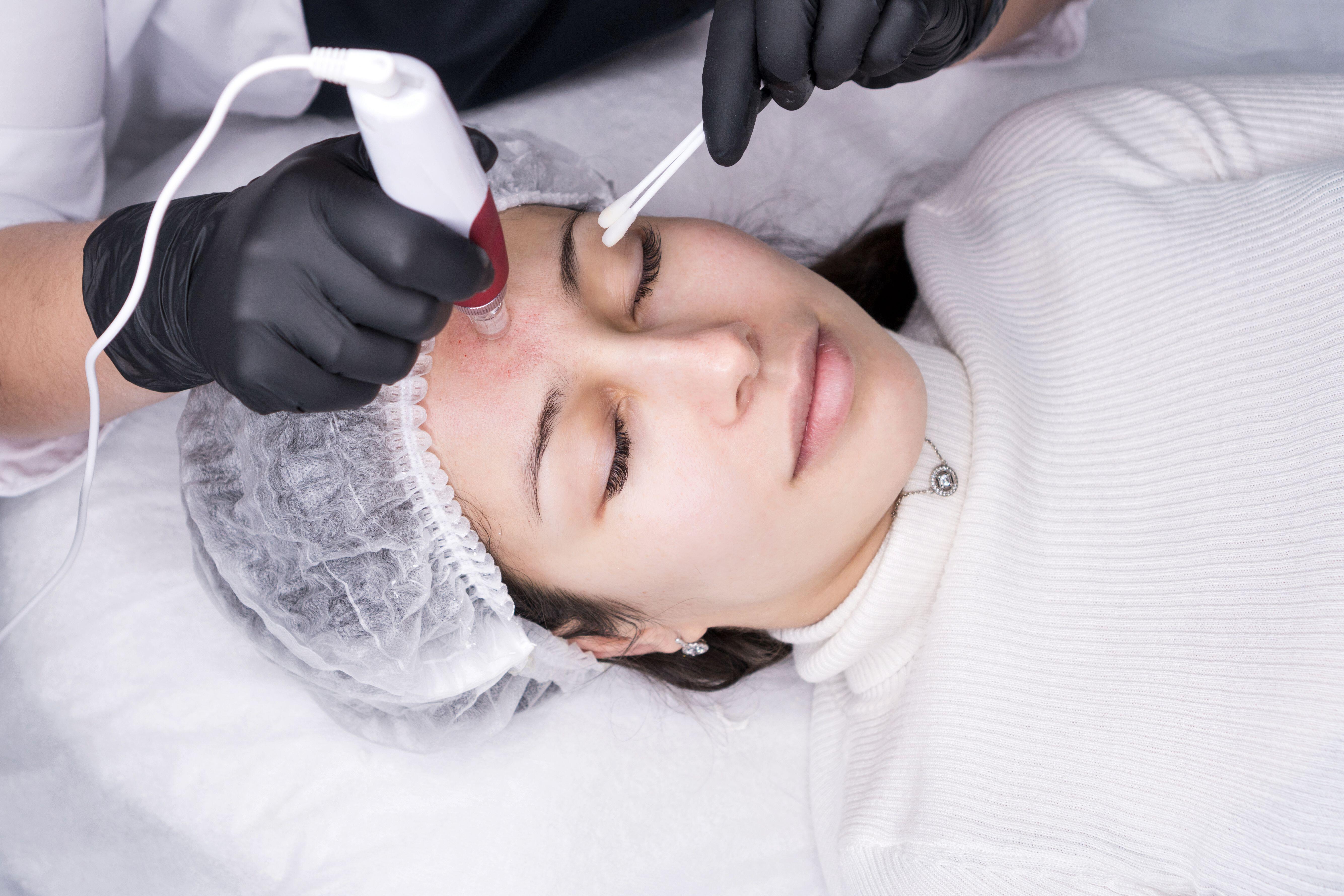
When to start treating sun damage
While repair can begin at any point in the year, there is a strategic benefit to starting post-summer.
“You can start any time of the year, but I recommend to start in autumn when the UV rays are low,” says Dr Vyas.
The rationale is simple: lower UV exposure means less risk of additional damage while your skin is still healing.
More aggressive treatments, like peels or lasers, are best left until the sun weakens.
“For more invasive options, late summer and early autumn are the ideal time to start,” notes Dr Halliley.
“That said, a good repair-focused skincare regime can begin at any time.”
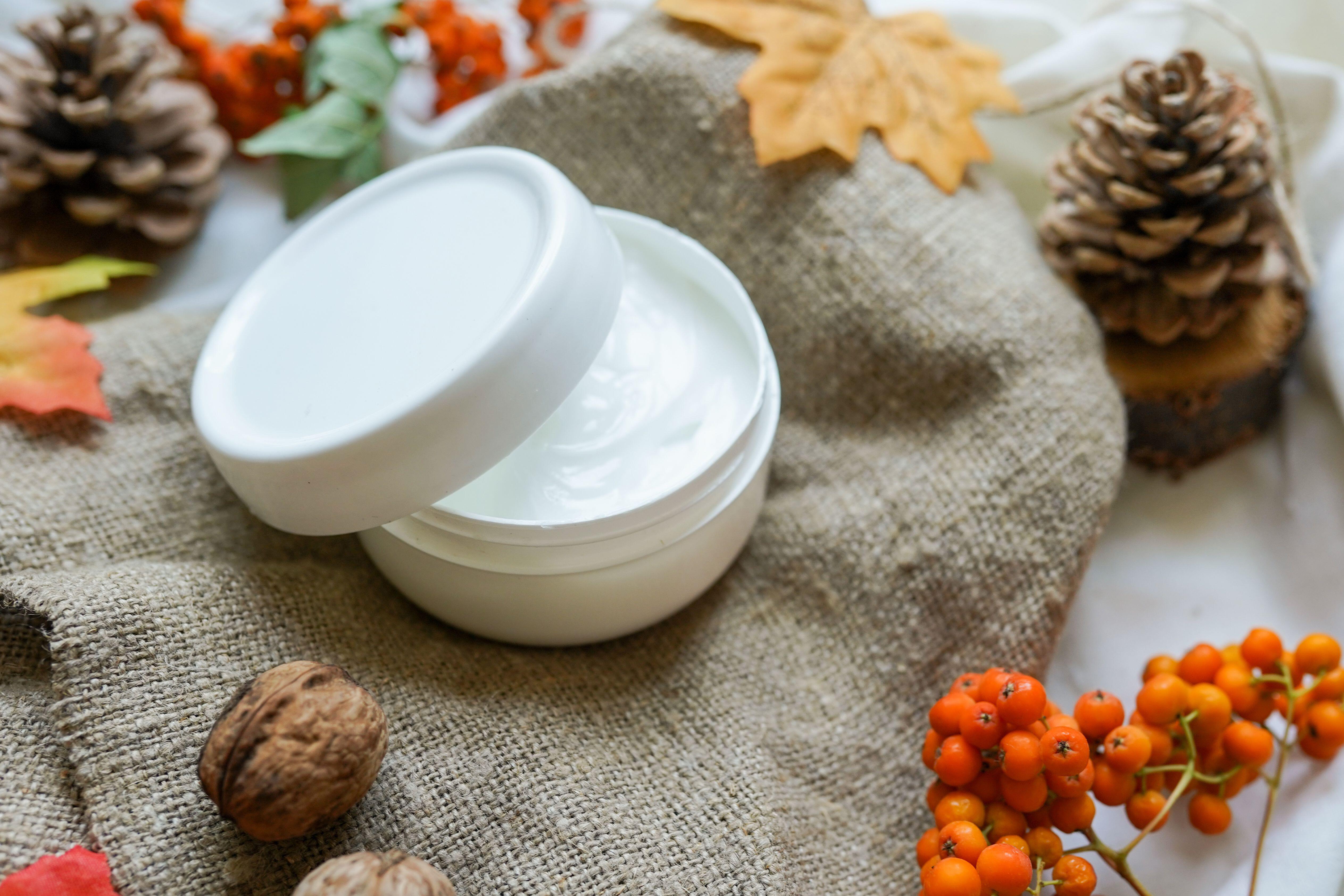
How to protect your skin going forward
Prevention doesn’t end with the summer holidays. Daily hydration and SPF50 are non-negotiables – even in cloudy British weather.
“Make sure that you’re wearing SPF50 all-year-round to protect your skin from the sun’s harmful UV rays,” advises Dr Vyas.
Wide-brimmed hats, sunglasses and sun avoidance during peak hours might feel like overkill in October, but the skin remembers every ray.
A few simple habits – cleansing properly, topping up sunscreen, avoiding harsh scrubs – can make a world of difference in maintaining the results of your efforts.
While sun damage is rather tricky to reverse, protection and prevention couldn’t be easier.
“Add a broad-spectrum sunscreen into your morning routine and top up if you’re outside for longer periods,” says Dr Halliley.
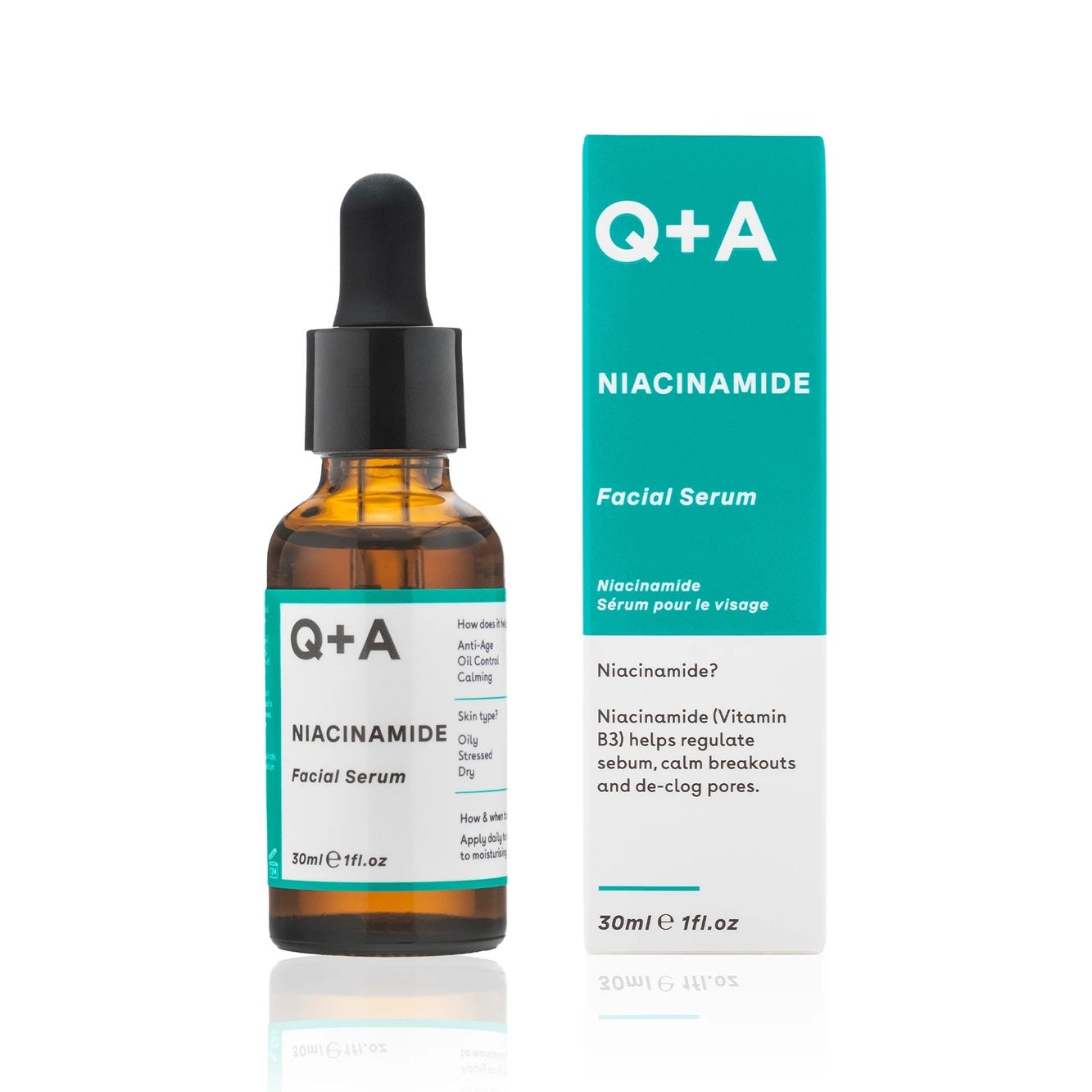
Q+A Niacinamide Facial Serum, £6.95
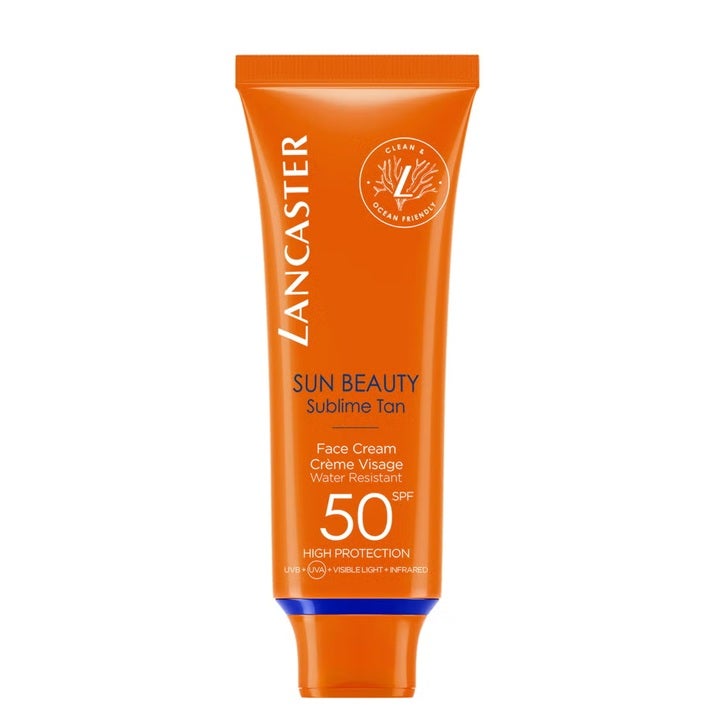
Lancaster Sun Beauty Face Cream SPF50, £22.40 (was £28), Look Fantastic







